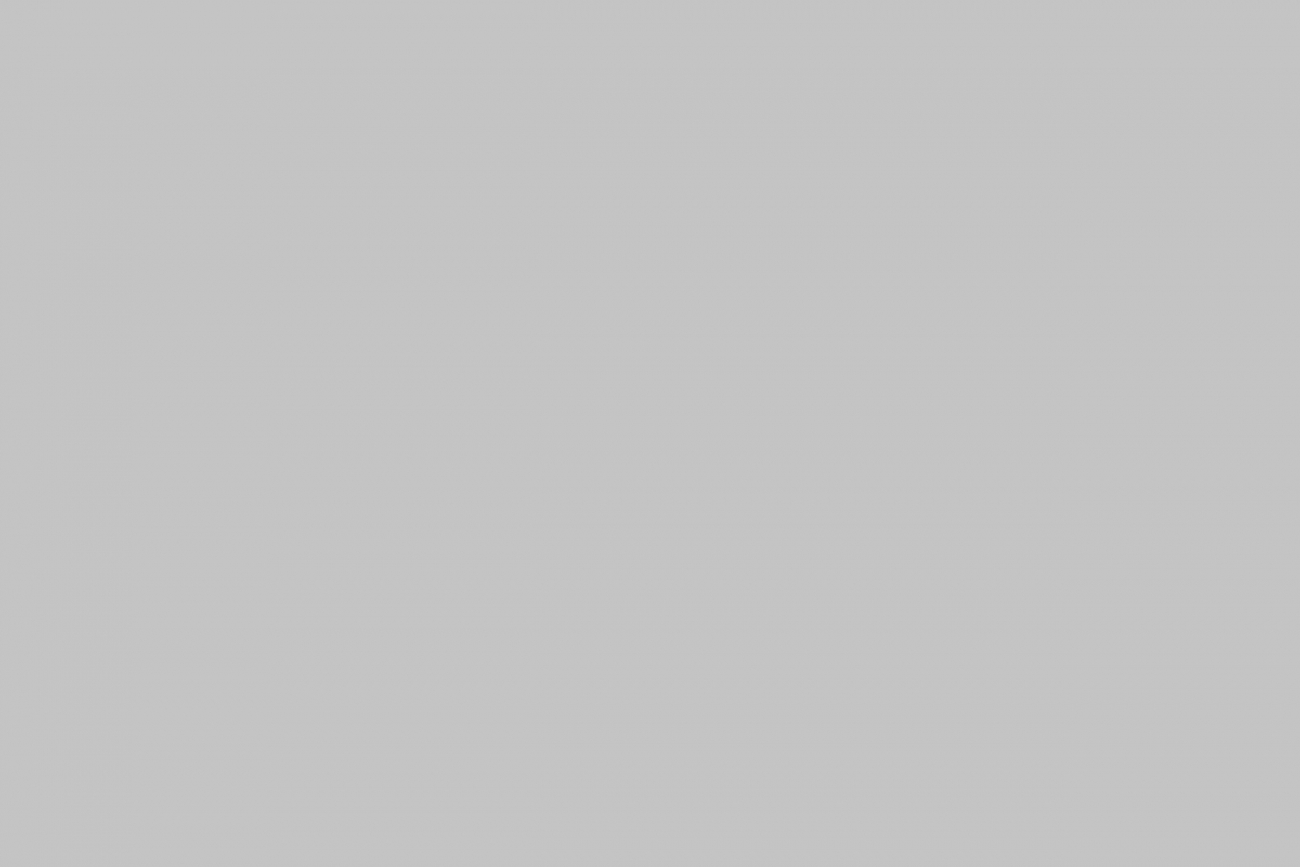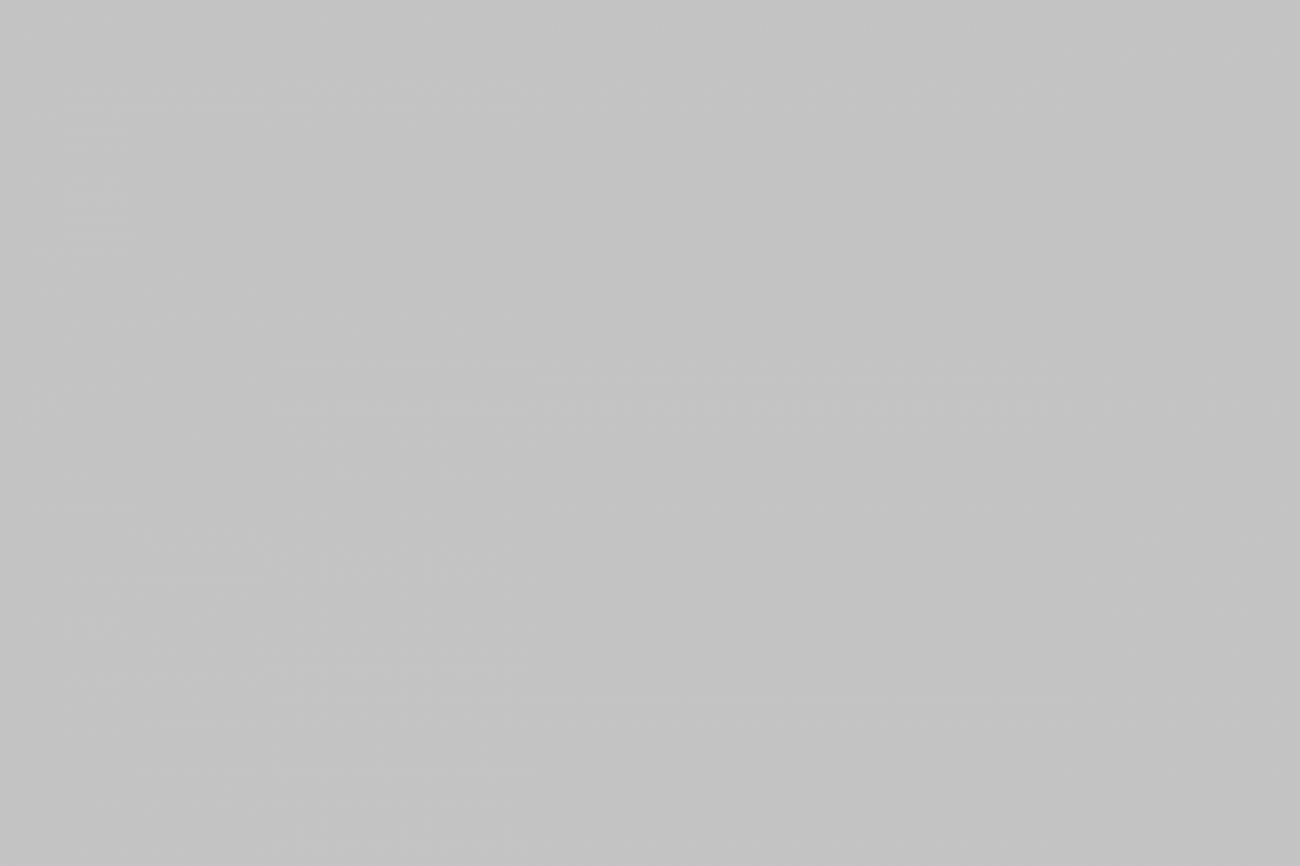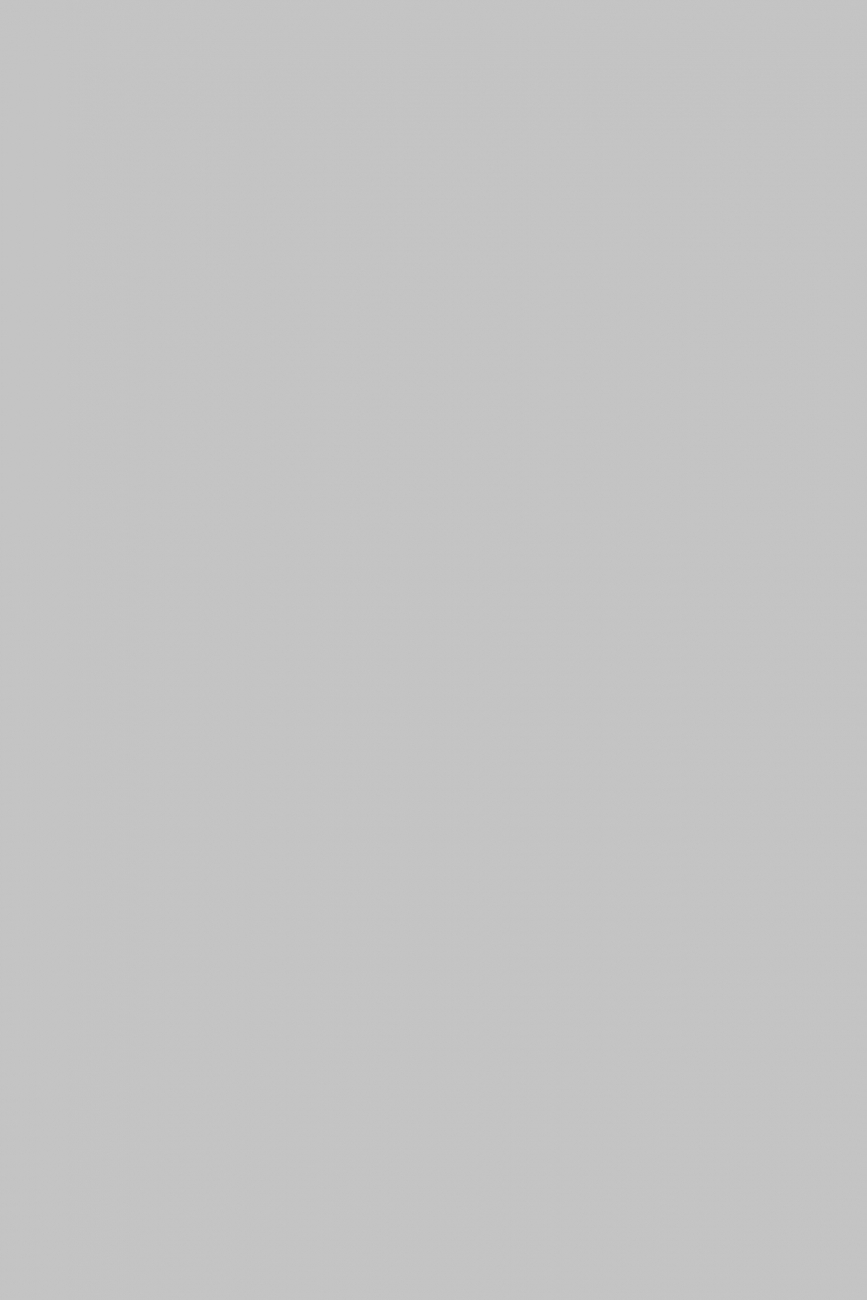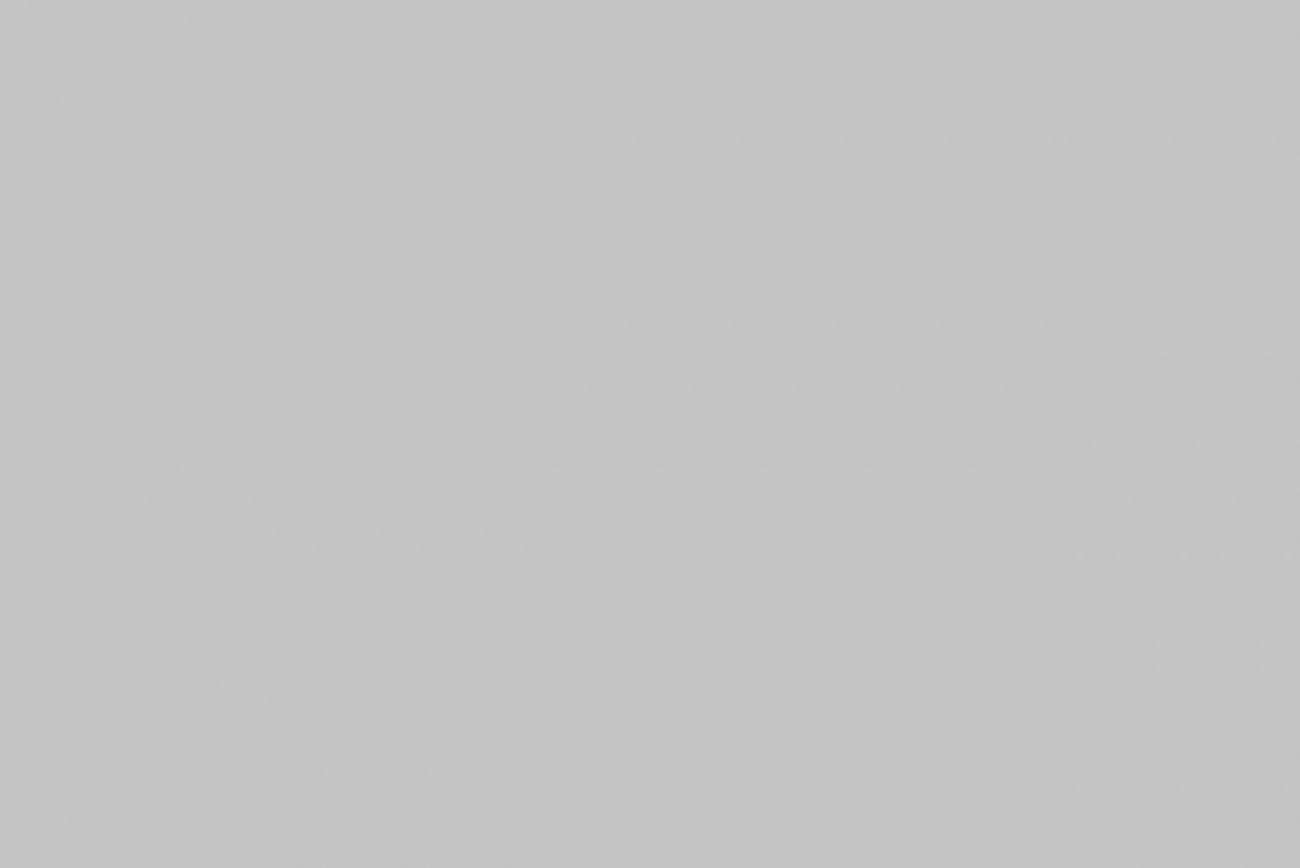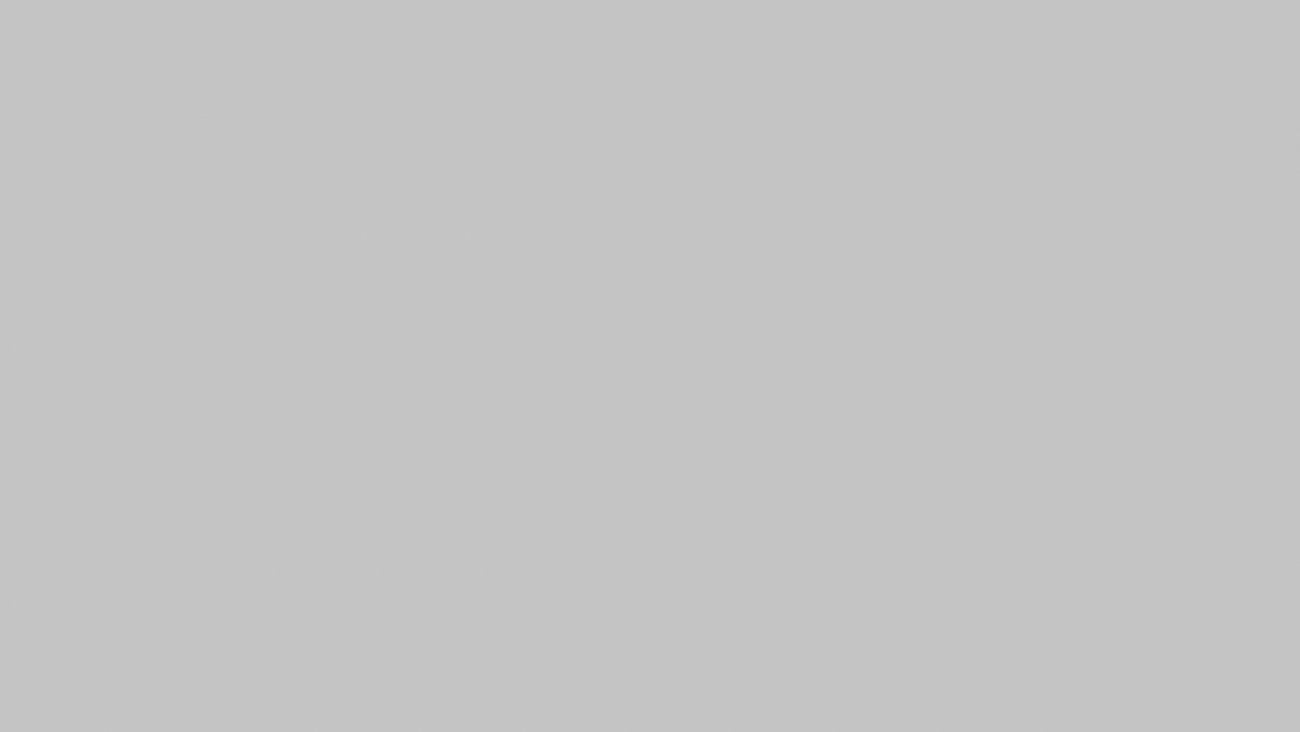Caterina Silva (b. 1983, Rome) explores the links between power and language from silent or pre-linguistic places, in order to elude canonical structures of the production of meaning. She uses painting to probe at the obscure spaces of the mind, those which are impossible to explain in words, but which exist and materialise into matter and then object. She creates open images available to the interpretation of the observer, a consequence of a process of deconstruction of her own internal superstructure carried out through the matter of painting itself and its translation into choreographic experiments and performances. She explores this feeling of powerlessness and discomfort, because it creates an openness towards her surroundings and shifts the artist’s attention from herself to a non-self. Through different painting techniques, Silva registers details of the space in which she works, traces of her daily life as well as fragments of our collective unconscious: news, disasters, uprisings as well as other un-nameable things that might relate to death, chance, love, pain, joy, despair and errors in the system.
This vast array of elements is translated into utopian and meditative spaces in which different painterly attitudes and languages coexist. The works become an accumulation of thoughts, gestures, and actions, which imply performance and controlled chaos. Caterina Silva has recently been using frottage, a system for letting the matter emerge from underneath the canvas, which is un-stretched on the floor. This happens either through scratching chalk over the little protrusions of the floor or naturally through the weight of water poured on the fabric, on top of the folds of the plastic sheets underneath, whereby the canvas retains the shape of these actions. Silva masters randomness and exercises the least power on the image that wants to emerge, obliquely questioning the history of the painting subject and the way meaning is constructed through linguistic limitation. This is the artist’s way of investigating the relationship between power and language, and to question the violence of representation from a silent and non-discursive position.






